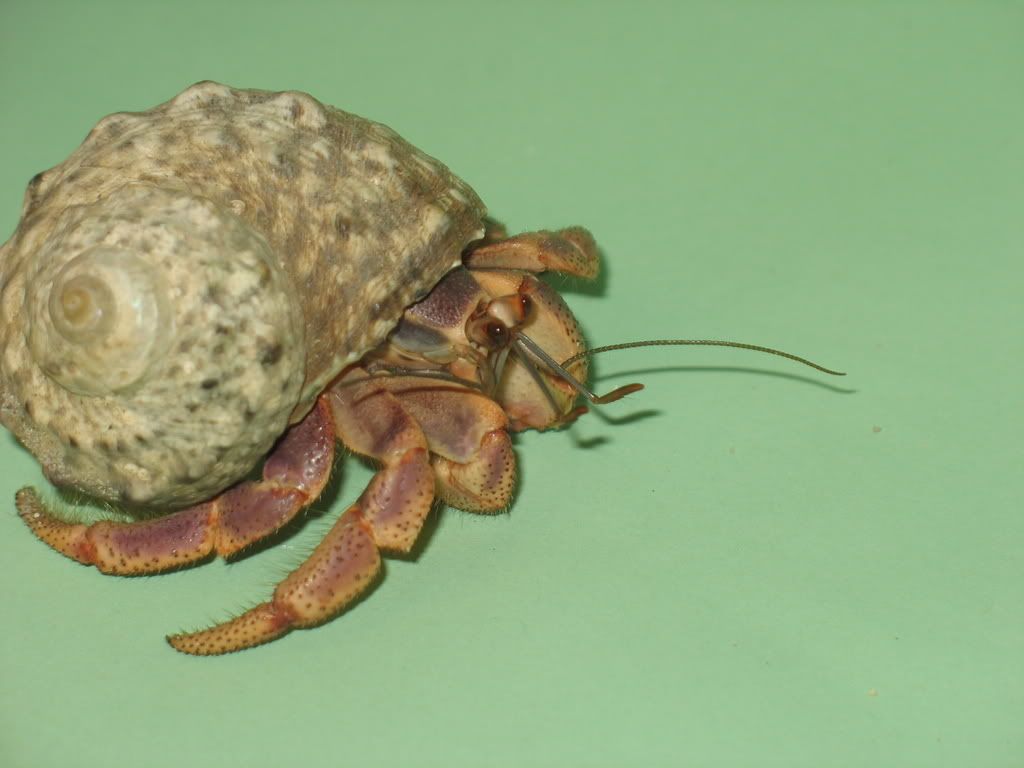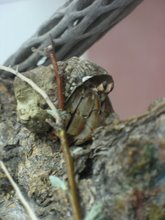First I find a safe area for harvesting. This might be my backyard because I do not live near any industrial polluters and I do not use pesticides or chemical fertilizers. My grandparents own a ranch that is off the beaten path bordered by a river, which is teaming with plantlife of all sorts. So I spend a lot of time gathering there. I only test plants that I can positively identify (if you plan on doing this, I suggest you purchase a book on your local flora complete with pictures. I started with a book called Edible Native Plants of the Rocky Mountains by H.D. Harrington that contains detailed drawings illustrated by Y. Matsumura).
I pre-screen the plant I am interested in testing by entering the common or scientific name "+ toxicity" in any search engine. Hopefully, this will give preliminary results about the likeliness of success. Usually you will get information related to livestock or human consumption, which doesn’t exactly translate into hermit crabs. The information you can gather about the specific plant’s relation to bugs will be much more useful (not conclusive, but will still give you some idea) as to whether you should proceed with the trial or not.
I have, on occasion, tested plants even though the pre-screen results indicated a high poison risk. So far, the result has always been that the crabs showed no interest in it and made no attempt to eat it. I would give this an UNKNOWN rating. If they ate it and died or had some serious adverse reaction, I would rate it UNSAFE. Thankfully, I have never had to give an UNSAFE rating. Hermit crabs have very good instincts about what they cannot safely consume. In the wild, they certainly encounter safe and unsafe plants and seem to know the difference.
I put a single whole leaf in the tank and leave it overnight. Then I remove it and look for evidence of eating (torn edges). (Sometimes they immediately go to it and start eating). I then remove it for a day or two and put in a new leaf or two (a branch if using very small leaves or petals) and leave it for a week. If in another week goes by with no adverse reactions, then the item gets a SAFE rating.
The next step is to share your findings with the group. If you do trials of your own, I want to know about it! Link to me, comment, anything! I regularly post to several of the hermit crab forums and keep The Epicurean Hermit site owner abreast of my discoveries so she can update her master lists for safe and unsafe foods.
TIPS: Never mix an unknown food with known foods for a trial. Never drizzle an experimental food with an irresistible substance like honey. Always provide a separate dish of safe food while conducting the trial. You are not trying to force or entice them into eating the new item you are offering as you would when introducing a new safe food. Test each component of the plant separately because they each have different make-up. Just because the flower is safe, does NOT mean that the leaf, stem, seeds, and root will be too. Use whole pieces like a full, pristine leaf, a whole petal or a whole blossom so that you can easily determine whether any portion was eaten or not.
 aka winged spindle
aka winged spindle


























